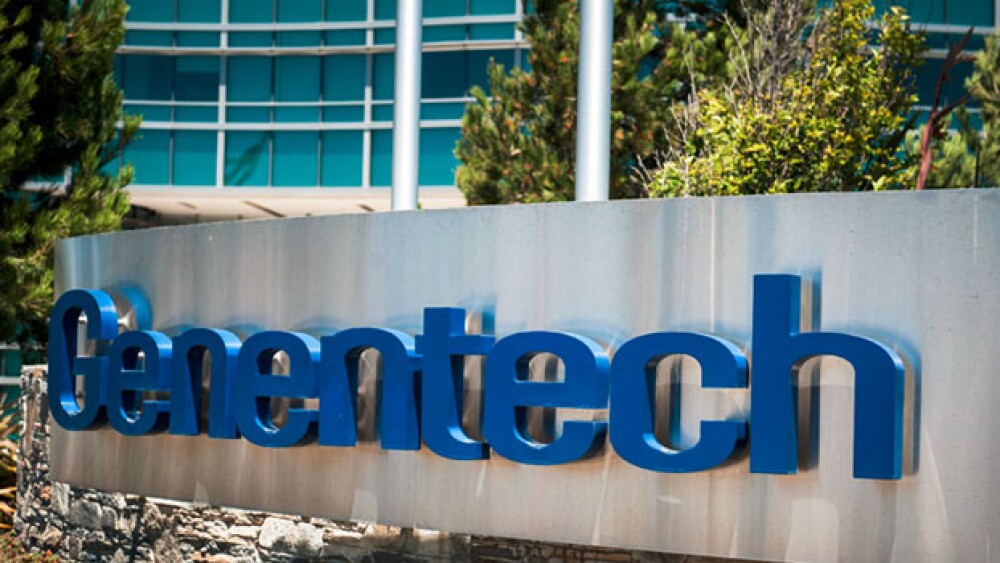Hemophilia patients could have an easier time taking their medication if the U.S. Food and Drug Administration (FDA) gives the green light for the newest indication of Genentech’s Hemlibra for patients who do not have Factor VIII inhibitors.
Hemophilia patients could have an easier time taking their medication if the U.S. Food and Drug Administration (FDA) gives the green light for the newest indication of Genentech’s Hemlibra for patients who do not have Factor VIII inhibitors.
The FDA set a PDUFA deadline of Oct. 4 for the hemophilia treatment. Hemlibra was first approved in November 2017 by the U.S. Food and Drug Administration. It was the first medication approved in 20 years for Hemophilia A with inhibitors. If the FDA approves this latest indication, it will benefit those hemophilia patients who do not have inhibitors, Dr. Mike Callaghan, one of Genentech’s Hemlibra researcher said in an interview with BioSpace. The larger group of hemophilia patients don’t have inhibitor antibodies and will be a wider group of patients for the approval, he said. With expanded approval, analysts predict that Hemlibra could generate up to $5 billion annually for the Roche subsidiary.
Earlier this year Genentech unveiled late-stage results from Hemlibra trials that showed shows the drug significantly reduced treated bleeds in a broad patient population in two separate studies. In the HAVEN 3 study people with hemophilia A without factor VIII inhibitors who received Hemlibra (emicizumab-kxwh) prophylaxis every week or every two weeks showed a 96 percent reduction and 97 percent reduction in treated bleeds, respectively. That testing was against no prophylaxis. Additionally, the data from the late-stage trials showed 55.6 percent of patients treated with Hemlibra every week and 60 percent who were treated every two weeks experienced zero treated bleeds, compared to 0 percent of people treated with no prophylaxis.
With those positive results and the benefits that trial patients have seen with Hemlibra, Callaghan said approval of this indication will be a “game changer” for patients. It’s a significant boost over factor VIII replacement, which is the standard of care.
Callaghan also pointed to the fact that Hemlibra can be administered subcutaneously, which will make it easier for hemophilia patients to self-administer the treatment. Most hemophilia drugs are intravenous, but Callaghan said a lot of hemophilia patients have difficulty finding a vein they can use to administer the treatment. If approved, the new indication of Hemlibra would be a ready-to-use formula for patients. A small needle would allow it to be injected under the skin. With this, he said patients will not have to worry about missing a vein.
“Being subcutaneous is a big advantage,” Callaghan told BioSpace. “It makes it a lot easier.”
Not only is Hemlibra easier to administer, Callaghan said its half-life is longer than most hemophilia treatments. Current products have half-lives of hours and require infusion of about every three days. Callaghan said the new indication of Hemlibra has a half-life of 28 days and can be administered weekly, as it is currently approved for or a couple of times per month. That longer half-life will allow for a better dosing regimen and will likely facilitate greater patient adherence. When hemophilia patients do not adhere to their dosing schedules, they can experience more frequent bleeds, Callaghan said.
“It’s easier to use, easier to be compliant with and has better outcomes,” Callaghan said of the new Hemlibra. He added that the drug will improve the quality of life for hemophilia patients.
That impact on quality of life is something Genentech has been aiming at achieving with its hemophilia products. Last year Dr. Gallia Levy, head of Hemlibra research at Genentech, told BioSpace that the less frequent dosing will help improve quality of life for patients. Patients being able to go weeks without needing an infusion will have a new lease on life, Levy said in December, following the American Society of Hematology meeting.





